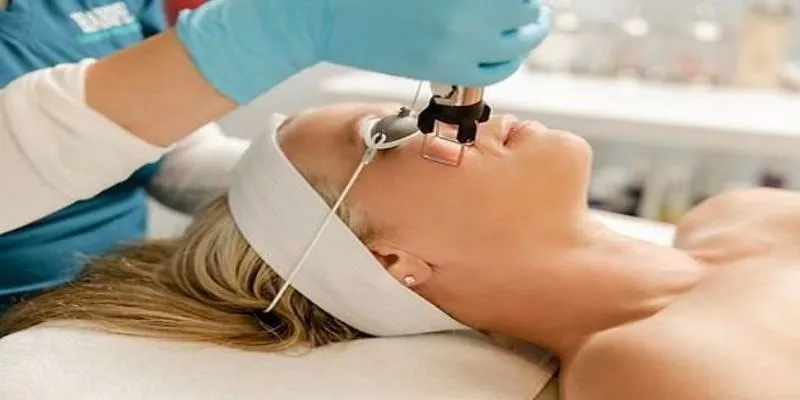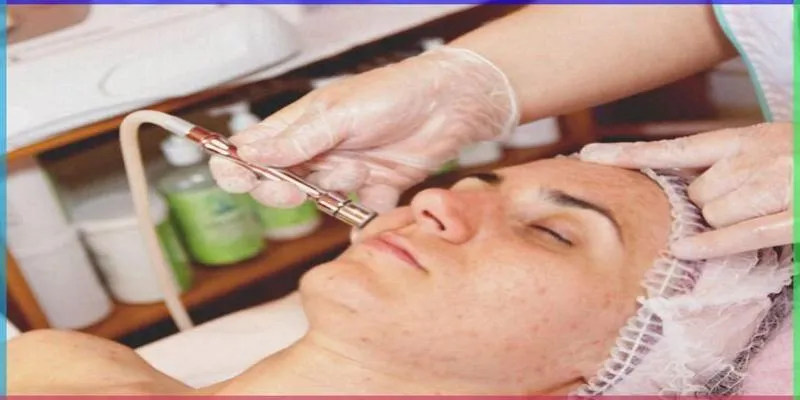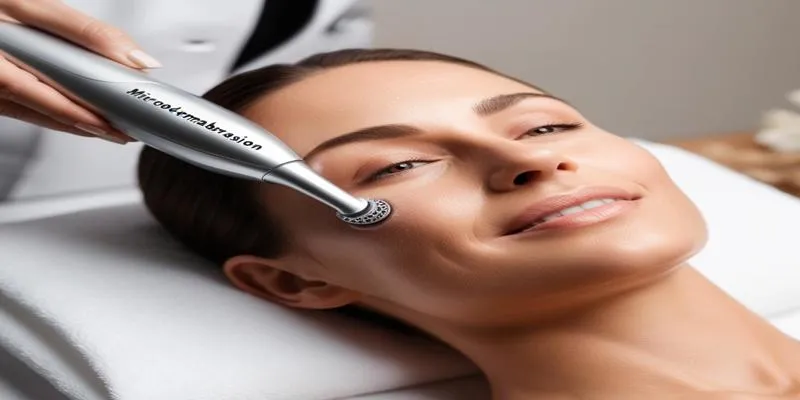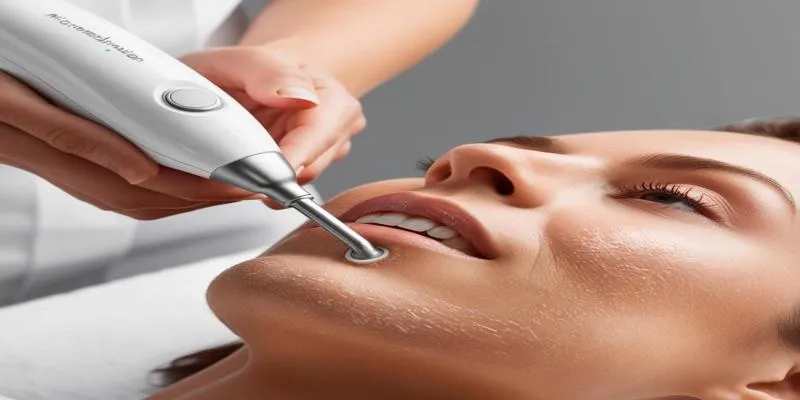LED Light Therapy for Skin: What to Know
Uncover the secret to glowing skin through LED light therapy, a state-of-the- art skincare innovation taking the beauty world by storm. You may have heard whispers about its magic, but what exactly is this illuminating technology? As you dive into the world of LED light therapy, you’ll realize that different wavelengths of light are used to treat various skin problems, from acne to aging.
What is LED Light Therapy for Skin?
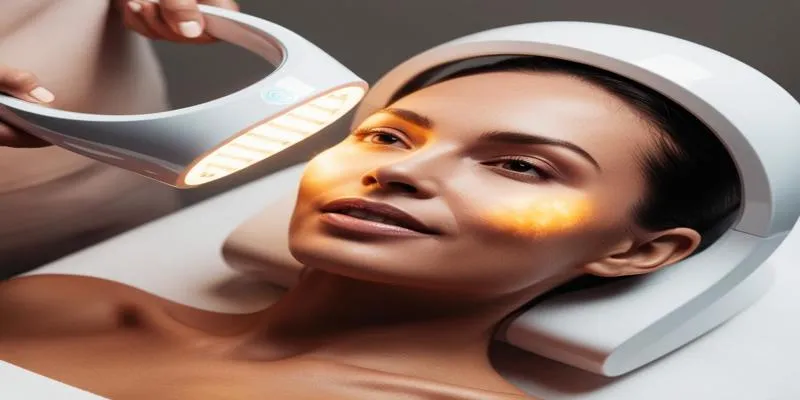 LED
light therapy is a noninvasive skincare treatment that uses different
wavelengths of light to target skin concerns at their source. This advanced
technology employs light-emitting diodes, or LEDs, which penetrate the skin at
varying depths to stimulate natural cell processes, promoting healing and
rejuvenation.
LED
light therapy is a noninvasive skincare treatment that uses different
wavelengths of light to target skin concerns at their source. This advanced
technology employs light-emitting diodes, or LEDs, which penetrate the skin at
varying depths to stimulate natural cell processes, promoting healing and
rejuvenation.
How Light Therapy Using LEDs Works
LED light therapy relies on the principle that specific wavelengths of light energy are delivered to the skin. These waves are absorbed by the skin cells, initiating a chain of biological reactions. Different colors of light are used to target various skin issues.
Benefits and Applications
LED light therapy offers numerous benefits for a wide array of skin concerns:
- Anti-aging: Reduces fine lines and wrinkles and improves skin elasticity.
- Acne treatment: Kills bacteria, reduces inflammation, and regulates sebum production.
- Wound healing: Accelerates tissue repair and minimizes scarring.
- Rosacea management: Diminishes redness and inflammation.
- Hyperpigmentation: Evens out skin tone and lightens dark spots.
This therapy is applicable to all skin types and is generally safe and painless. While most dermatologists and skincare professionals offer LED light therapy in-office, at-home devices have gained popularity as a convenient way to continue treatment.
Benefits of LED Light Therapy for Skin
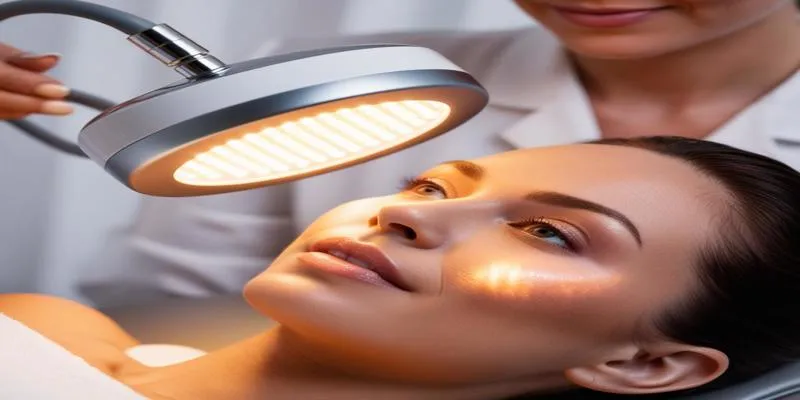 Over the years,
LED light therapy has become one of the most popular non-invasive skincare
treatments, offering many benefits for various skin concerns. This advanced
technology utilizes different wavelengths of light to improve specific skin
issues and overall skin health.
Over the years,
LED light therapy has become one of the most popular non-invasive skincare
treatments, offering many benefits for various skin concerns. This advanced
technology utilizes different wavelengths of light to improve specific skin
issues and overall skin health.
Collagen Production and Anti-Aging Effects
One of the key benefits of LED light therapy is its ability to induce collagen production. Red light deeply penetrates the skin, prompting fibroblasts to boost collagen production. This increase in collagen helps smooth out fine lines and wrinkles and enhances skin elasticity, firmness, texture, and tone.
Treatment of Acne and Reduction in Inflammation
Blue light therapy is particularly effective for acne-prone skin. It works by:
- Reducing redness and inflammation associated with breakouts.
- Controlling sebum production to prevent recurring flare-ups.
Additionally, combining blue and red light treatments can deliver a powerful one-two punch against acne, facilitating healing and reducing the appearance of scars.
Improved Circulation and Wound Healing
LED light therapy stimulates blood flow in treated areas, resulting in:
- Faster wound healing.
- Reduced inflammation and redness.
- Enhanced delivery of nutrients to skin cells.
This increased circulation can be particularly beneficial for those dealing with rosacea or post-procedure recovery.
Versatility and Convenience
One of the most attractive features of LED light therapy is its versatility. It can be used on all skin types and tones. Being noninvasive, LED therapy has no associated downtime, allowing users to seamlessly integrate it into their skincare routines.
How Does LED Light Therapy for Skin Work?
Light therapy with LEDs employs specific wavelengths of light to induce cellular activity in the skin. This non-invasive treatment has grown in popularity due to its effectiveness in treating various skin concerns without downtime or harsh chemicals.
The Science Behind LED Light Therapy
In a nutshell, the principle behind light therapy treatments is to deliver light into the skin cells. Photoreceptors absorb each wavelength into the skin, creating a cascade of biochemical reactions. Depending on the wavelength applied, the resultant responses can increase collagen and improve blood flow to decrease inflammation.
Different Colors, Different Benefits
LED light therapy features various colors, each offering specific benefits:
- Red light (630-660 nm): Stimulates collagen production, inhibits inflammation, and accelerates skin healing.
- Blue light (415-495 nm): Destroys bacteria linked to acne development and regulates sebaceous gland secretion.
- Near-infrared light (810-850 nm): Its deeper tissue penetration enables near-infrared light to stimulate cellular metabolism and improve physical signs of skin aging.
Therefore, an LED treatment can simultaneously target several skin conditions by combining these spectrums, making it highly versatile.
The Course of Treatment
Skin exposure time in an LED light therapy session varies, but most treatments involve exposure to selected light wavelengths for 10-20 minutes. This non- invasive, pain-free process often provides a pleasant, warm sensation. For optimal results, multiple sessions are usually required, followed by maintenance treatments for long-term effectiveness.
Conditions Treated with LED Light Therapy
LED light therapy is a versatile skin treatment. It is a non-invasive procedure that utilizes various wavelengths of light, targeting specific skin disorders. This offers a gentle yet effective skincare method.
Acne and Inflammation
Blue light therapy is highly effective for acne-prone skin. It helps eliminate bacteria that cause acne outbreaks, reduce inflammation, and regulate oil production. This approach is beneficial for chronic acne and those seeking alternative treatments.
Aging Signs
Red light therapy is the primary choice to combat aging. It penetrates the skin deeply, stimulating collagen and increasing blood circulation. As skin tone and texture improve, fine lines, wrinkles, and age spots are minimized.
Rosacea and Redness
A combination of red and blue light is particularly effective for conditions such as rosacea or chronic skin redness. Blue light offers anti-inflammatory properties, while red light encourages healing and strengthens the skin barrier.
History of Hyperpigmentation and Sun Damage
Various wavelengths of LED light effectively treat hyperpigmentation and sun damage by targeting melanin-producing cells, evening out overall skin tone, and reducing dark spots and sun-induced discoloration.
Wound Healing and Scarring
LED light therapy can also aid in wound healing and reducing scarring. Red light stimulates cellular repair and regeneration, accelerating the healing process and reducing scar appearance. This is particularly useful for post- surgery recovery and treating acne scarring.
Conclusion
As you explore LED light therapy for your skin concerns, remember that consistency and patience are key. Results can vary, but many report improved overall skin tone and texture with regular treatments. Consult a dermatologist to determine the best approach for your unique skin needs.
